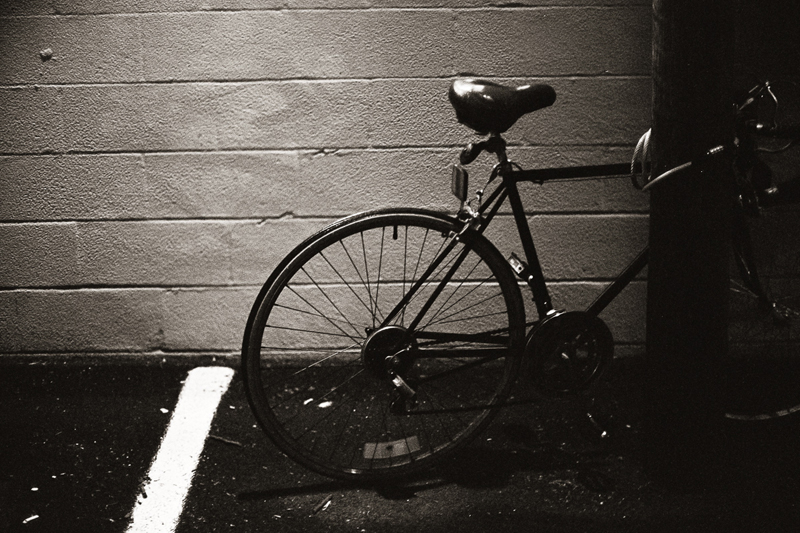This week is all about turning negatives into positives. I’m not trying to be inspirational here, but if you’re inspired that’s great too. I mean it in the more literal sense. Looking forward to this Friday (April 1st, 2015) we’re going to have a review I did on the most mind blowing process that is out there. You can literally turn negative film into chromes, positives, slides, or whatever you want to call it through dr5.com. I’ll tell you more about that on the blog this week. Until then it’s a look back at what happened in the world of the FSC this past week.
on the blog
color space for film photographers
We had two articles on the blog this week. early this week brian richman wrote about color space as it applies to film photographers. it covers a lot of ground in a short amount of space and is a good primer for anyone with confusion about which color space is best to work in for their digital darkroom/hybrid workflow. if you haven't already, take a look at the article, here.
Studio Lighting for Film
On Friday, Mark Schlocker posted an article about studio lighting for film photographers. This article I think is immensely helpful for people who want to shoot in the studio with their beloved film cameras, but have been afraid to take the leap. His article makes it simple to get the most out of your time in the studio and if you’re shooting film you should check it out.
On the web
Kim Smith-Miller is doing this great Impossible Project Almanac. She’s compiling a collection of shots using Impossible Project film and archiving them based on the film’s production date to track changes in the film based on each batch of Impossible film. It’s quite an undertaking and really cool to look at. I struggle a lot with the pack-to-pack differences in Impossible Project film so to me it's an important project. Take a look at The Impossible Almanac, here, and you can check out Kim Smith-Miller's work, here.
This is random, but I feel like I've got to share it. I’ve had this bookmarked forever. Why? I don’t know. This Japanese photographer basically takes every lens imaginable and mounts it to his digital camera posting samples. When I say every lens I really mean ancient brass lenses and when I say every lens imaginable I mean a lot. A lot, a lot. See what I am talking about, here.
On Twitter this week here’s what happened:
One of our newest applicants @ebojorq mentioned us in a tweet about his new Tamron 28mm f/2.8. He tested it out with his Pentax Spotmatic and posted the results on his blog en español y en Inglés. See it here.
I posted a photo of some slides made from Ilford negative film which elicited a response of “wha? How??” from Rob Reeves . You can see the original tweet and photo here.
I spent a couple of days shopping for cameras in Tokyo last week. I updated via Instagram as I went from camera shop to camera shop and even slept in a capsule hotel. Here’s some highlights though sleeping in a capsule was not one of them. My best find was an original Fujifilm 120 roll film holder, a print dryer, and a sheet of antireflective glass for about $10.
Colton Allen asked about Mitsubishi MX-II 200 film, which I’ve never heard of or used. If you have, drop us a line. I think we’d all like to see what it’s about.
© Mitsubishi Imaging
Matthew Harrison asked the hardest question to answer: what to take when you travel?
“I would appreciate the advice of some of the seasoned travelers out there. My wifey-to-be and I will be going on a week long adventure to Iceland and Norway in late August. All I can think about is Northern Lights and Fjords. I can’t wait. Problem is... I am not sure what kind of equipment or even what format to bring.
I have a Leica M3 - but only 50mm and 35mm lenses.
I have a Hasselblad with both an 80mm and a 65mm... along with a bunch of film backs - both 12 and 24...
I have a Gaoersi 4x5 that has three lens choices and isn’t as big as any of my other 4x5 options.
I have a Canon 1V HS with a variety of lenses - from wide to telephoto.
The Leica, Hasselblad, and Gaoersi are electronics free. Water. Cold. I am not really that worried about it.
The Canon - which seems like the obvious solution - probably isn’t great in cold weather - and won’t exactly be safe with many lens changes.
Not to mention film. I have a ton of 4x5 Velvia 50 that I have been saving... and what better than northern lights or crazy views? Except do I really want to deal with lugging around a bunch of grafmatic backs and a film tent?
Anyone been to iceland or norway (or from either) and can lend me some thoughts?”
We've done some discussion of traveling with film which you can read here (Garrick Fujii Interview), and here (China). If you've got thoughts on traveling with film or tips leave them in the comments below or contact us.
Photostream
Finally, here's how our photo stream looked for this week with work from Ferdie Araga, Amy Jasek, Marc Nagainis, Cody Thomas, and Rui Xue.
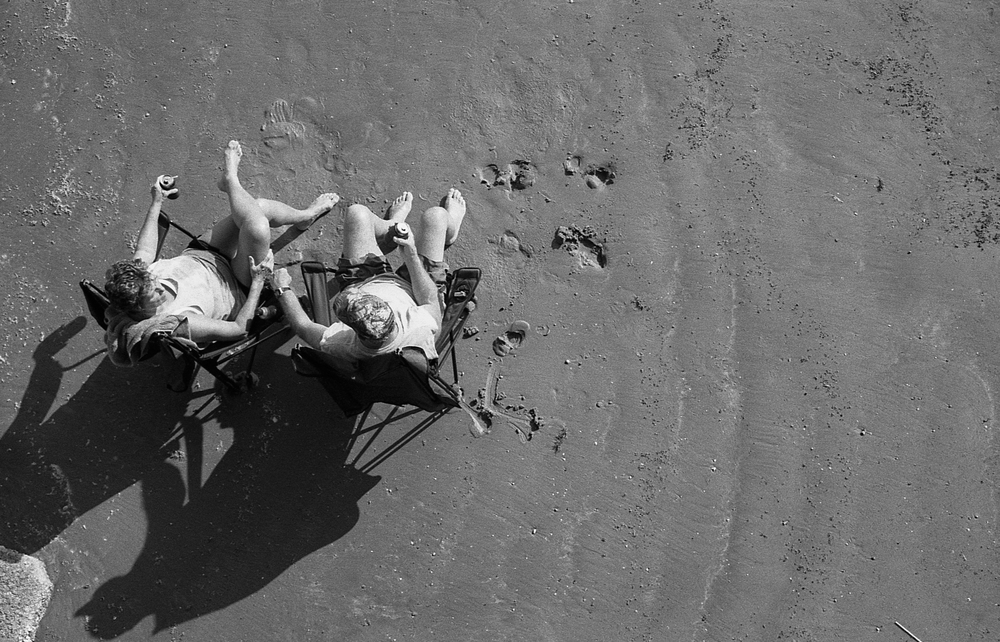
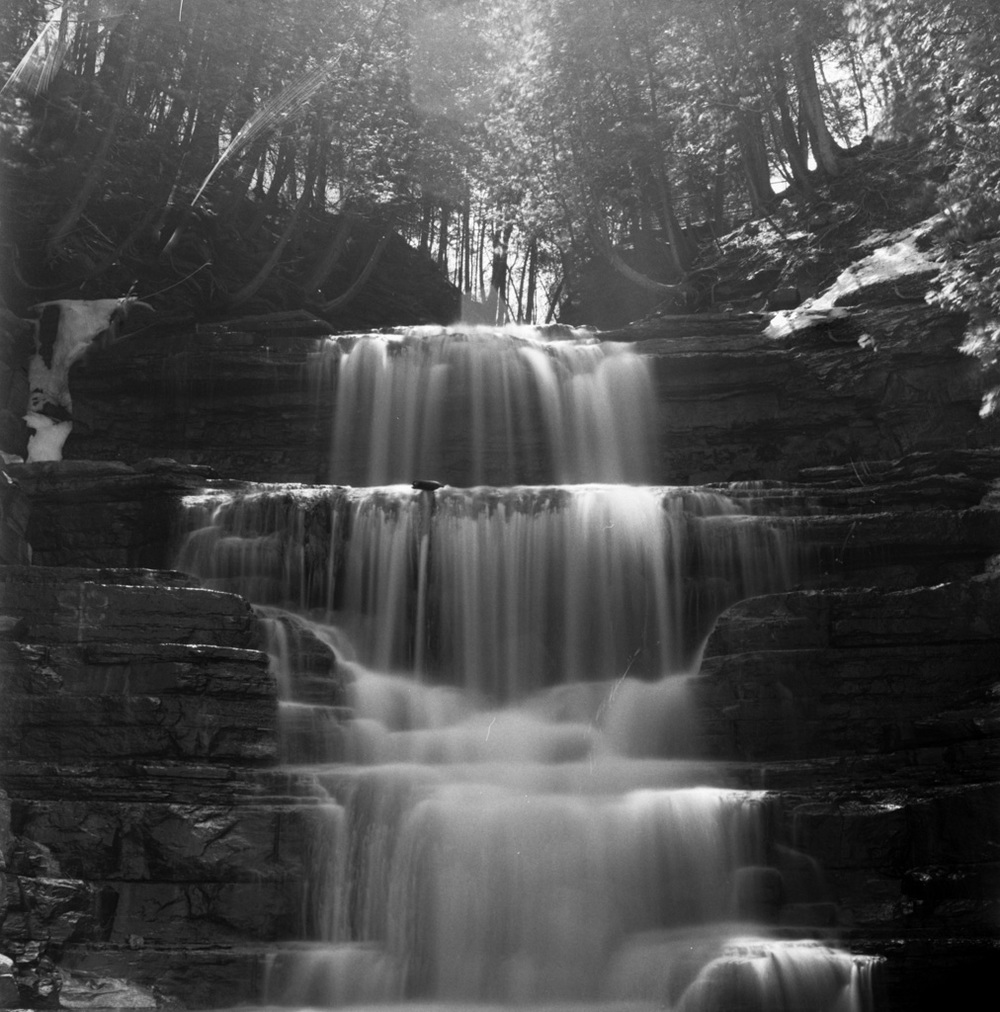
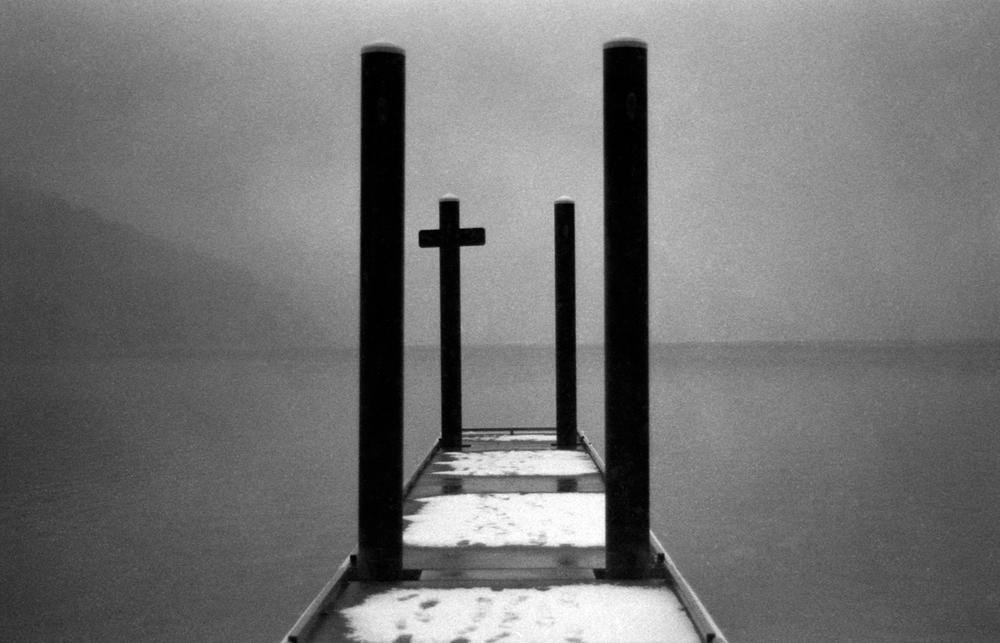
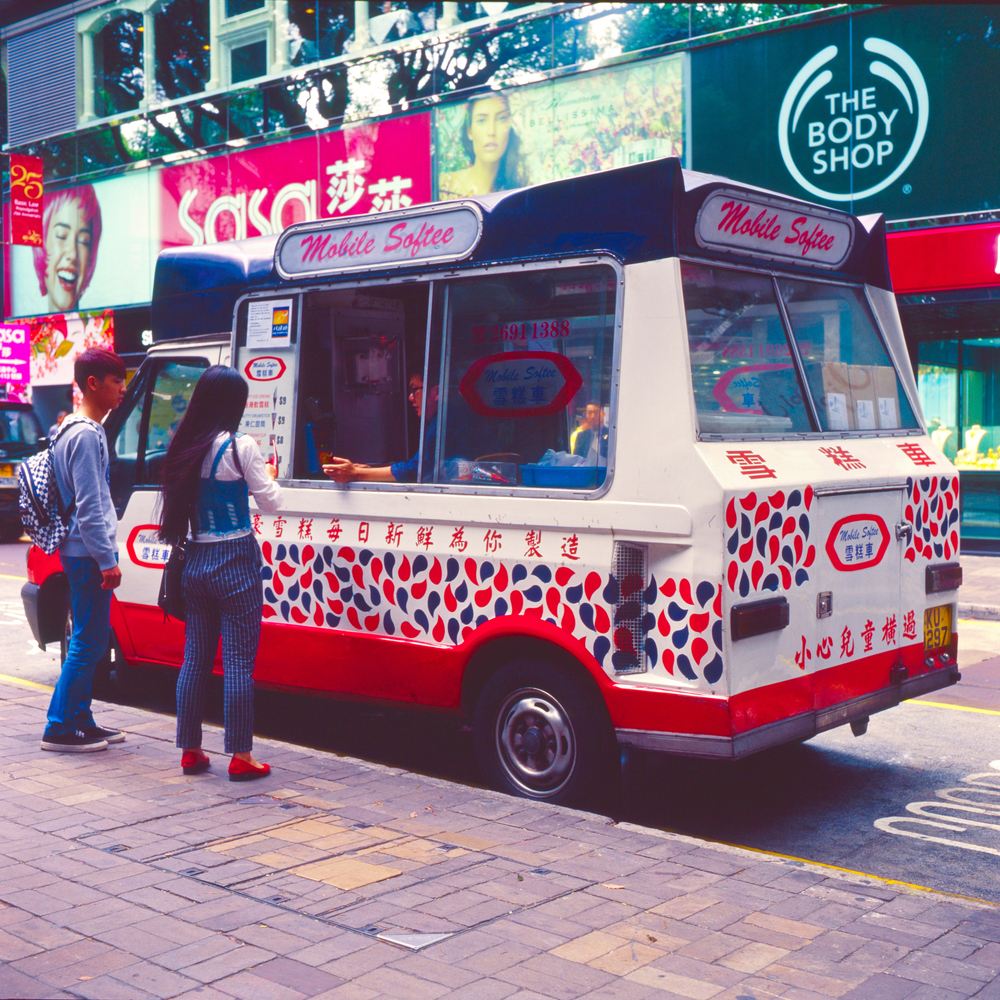
Southern California photographer, Cameron Kline, shoots chromes and people in San Diego. Connect with him on Google+.











